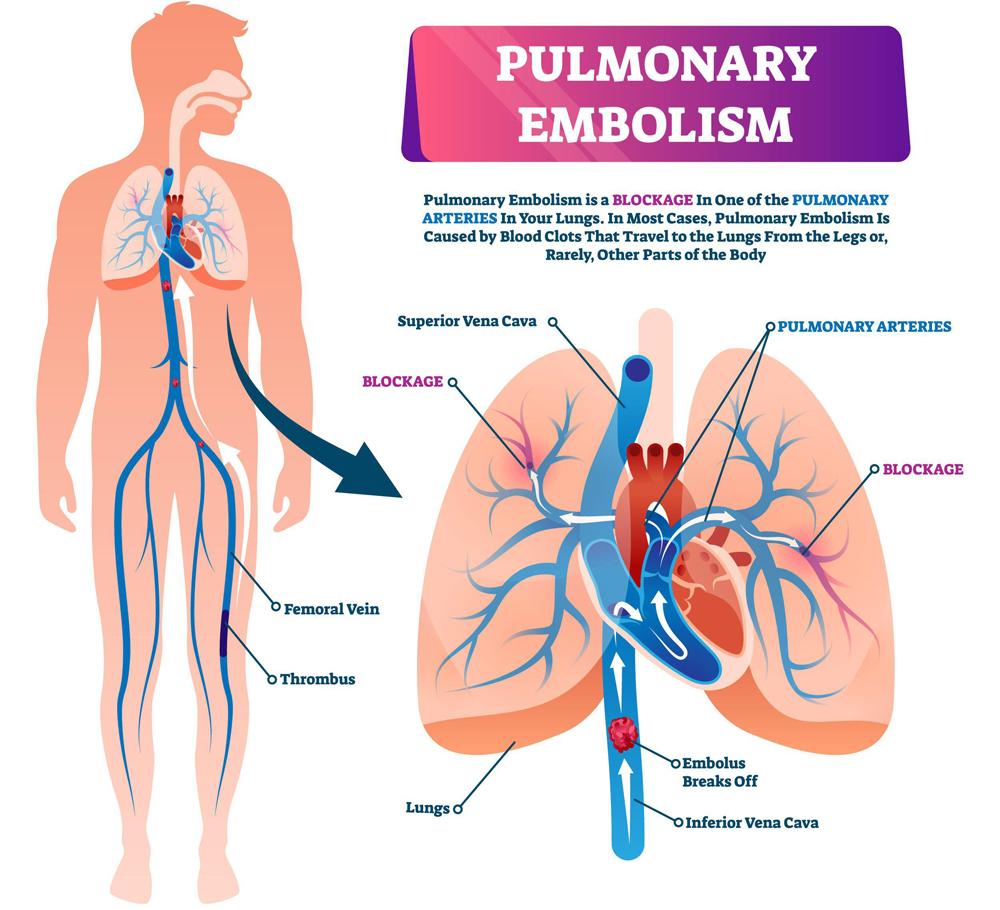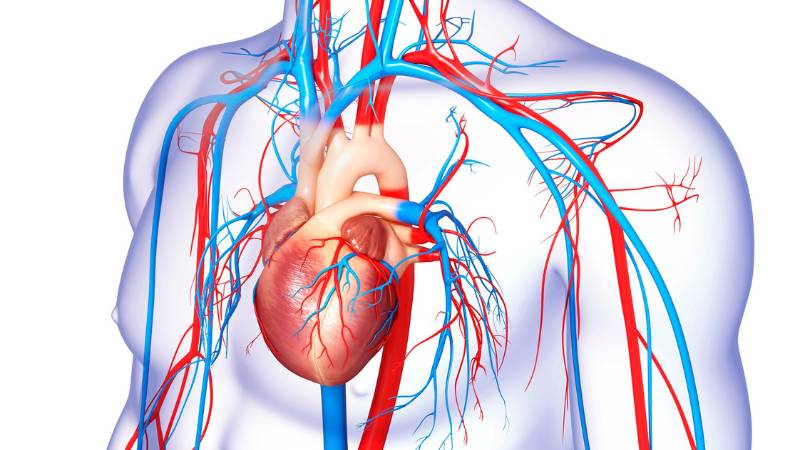Deep vein thrombosis occurs in about 1 to 2 people per thousand each year. Deep vein thrombosis/pulmonary embolism affects about 900,000 people per year. Approximately 60-100,000 American diet per year of vein thrombosis/poor embolism.
In an effort to decrease the sickness tell of the associated with deep vein thrombosis approximately 50,000 inferior vena cava filters are placed each year.
Table of Contents
ToggleWhat is an Inferior Vena Cava (IVC) Filter?
The superior and inferior vena cavas are the major large veins carrying blood back to the heart. If a blood clot travels into the heart may be pumped into a pulmonary artery blocking it (known as a pulmonary embolism) a potentially life-threatening event.
An inferior vena cava (or superior vena cava) filter is a small, wiry device that catches the blood clots that stops him from entering the heart and pulmonary arteries, a potentially life-threatening event. If the small, wiry device is placed in the inferior vena cava it is known as a inferior vena cava filter. Much less often, if the small wiry device is placed in your superior vena cava to prevent DVTs in your arms from moving to your heart and lungs, it is known as a superior vena cava filter.
What are IVC (or SVC) Filters Used For?
Blockage of a deep vein can be dangerous. Blockage of a deep vein by a clot (thrombosis) is called deep vein thrombosis. If this deep vein thrombosis moves it can travel to the lung and cause a possibly fatal pulmonary embolus (blockage of the pulmonary arteries).
The purpose of the filter is to stop the blood cart from going to the heart and blocking the pulmonary arteries which is potentially life-threatening.
- An SVC Filter sits in the superior vena cava and stops clots from traveling from the arms to the heart and lungs.
- An IVC filter sits in the inferior vena cava and stops the clots from traveling from the legs to the heart and lungs.

Can an IVC Filter or SVC Filter Be Removed?
In some situations and IVC filter can be used temporarily for a period of months. For example and IVC filter can be placed to prevent blood clots and somewhat immobilized from formal or stroke who cannot receive anticoagulants because of the danger of bleeding. Depending on the device filters can be removed up to 1 year after placement, or in certain instances, longer.
The medical staff at imaging and interventional specialists are experts in placing and removing inferior or superior vena cava filters.
What are the Symptoms of a DVT?
The signs and symptoms of a DVT include:
- Swelling in your affected leg (or arm)
- Pain in your leg, often in the calf at first that can feel like soreness or cramping.
- Red or discolored skin
- Warm feeling in your affected limb
Since DVT can move and cause a potentially life-treatening pulmonary embolism should you have the symptoms seek prompt medical attention.
When Do I need an IVC or SVC filter?
An IVC or SVC filter is recommended when you:
- Should not be taking anticoagulation (for example after trauma, stroke or some surgeries)
- Have recurrent pulmonary embolism despite anticoagulation
- Have an anticoagulation related complication such as bleeding or thrombocytopenia (low platelets)
An IVC or SVC may be recommended when you have :
- a free floating thrombus in the IVC or large veins flowing into the IVC
- a pulmonary embolus and your cardiac function is compromised
- severe trauma, spinal cord injury or paraplegia
- a struggle to consistently take your anticoagulation
- DVT thrombolysis for protection
What are Treatments for DVT?
DVT is most often treated with anticoagulants also called “blood thinners”. They prevent blood clots from getting bigger. Since the blood clot can damage your vein, often clot busting, catheter directed treatment is recommended. Situations that call for clot busting, catheter directed thrombolysis include:
- Large clots that cause pain, circulation problems and swelling
- High risk for pulmonary embolism
- DVT in the arm
These clot busting procedures usually performed in the hospital by Imaging and Interventional Specialists.
To prevent a deep vein thrombosis from moving into the pulmonary arteries and causing a pulmonary embolism an inferior or superior vena cava (IVC or SVC) filter may be needed. Also, if you have contraindications to taking anticoagulants or if anticoagulants cause some problems an IVC or SVC filter may be recommended. This procedure is usually a relatively quick clinic procedure.
Imaging & Interventional Specialists – Your Inferior Vena Cava and Superior Vena Cava Filter Placement and Removal Solution
Imaging & Interventional Specialists are experienced and successful in placing and retrieving inferior and superior vena cava placements. If need DVT treatment can also be performed.
Imaging & Interventional Specialists will determine which treatment pathway will be best for you.
Imaging & Interventional Specialists “pinhole” Procedures: Fast Recovery, Less Risk, Less Pain, Comfortable Setting
Our experienced board-certified specialists successfully perform “pinhole” procedures every day offering this region leading, state-of-the-art IVC and SVC filer placement and removal Our non-surgical image guided procedures are cutting edge technology without the cutting, without the scalpel. You leave with a Band-Aid!
- Procedures are usually done in a comfortable outpatient setting with familiar friendly staff
- Pinhole procedures offer fast recovery, less risk, and less pain
- Clot-busting and pulmonary thromboembolism are treated in one of our partner hospitals
Why Imaging & Interventional Specialists?
Imaging & Interventional Specialists are leaders in interventional radiology and experts in the non-surgical procedures for IVC and SVC filter placement.

